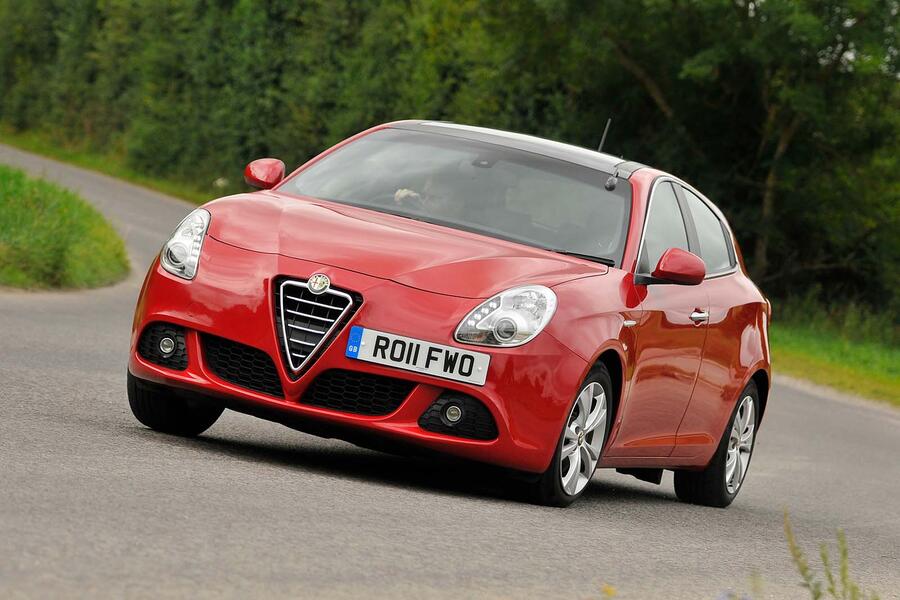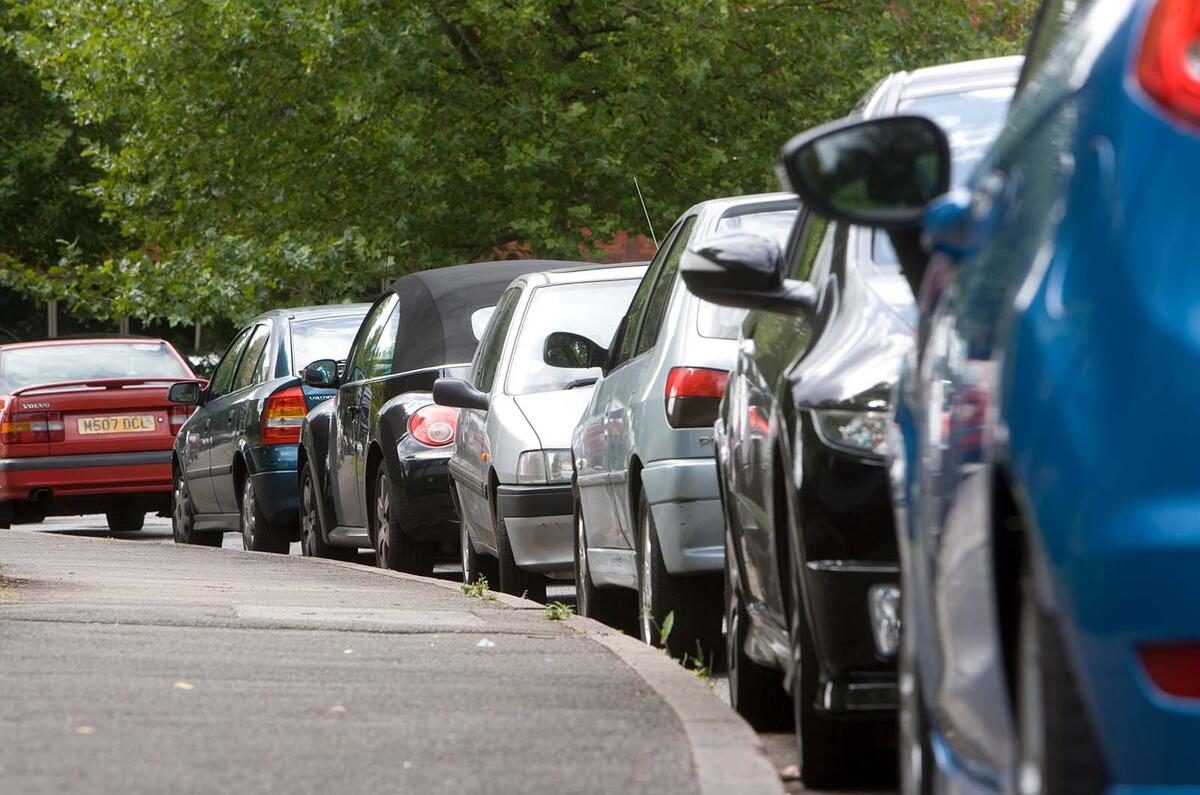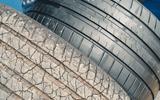A significant surge in the number of cracked tyres being reported – some with potentially dangerous faults – has been blamed on the pandemic.
Modern tyres contain waxes and chemicals to protect them from the damaging effects of ultraviolet light and extremes of temperature, and as a vehicle is driven, these substances migrate to the tyre’s surface to keep the rubber supple.
However, with the outbreak of Covid in early 2020 and the ban on all but essential travel that followed it, vehicles were parked up en masse, often for several weeks.
With these vehicles being left unused, the protective chemicals in their tyres’ sidewalls were no longer replenished, leaving them vulnerable.

Jump forward 18 months and today vehicle owners and garages are reporting an increase in cracked and damaged tyres. Much of the evidence is anecdotal, but garage chain Kwik Fit is one major company that has figures to back up its claim that tyres are suffering the after-effects of Covid.
A spokesman told Autocar: “During the pandemic, we saw the number of tyres showing signs of sidewall cracking increase significantly.
“Compared with 2018, the proportion of tyres we inspected in 2021 showing premature cracking rose by more than 50% and in 2022 spiked to nearly double the 2018 figure.
“As premature cracking on mounted tyres is typically a result of underuse, it would seem that the pandemic has been a factor, with many cars being used very little, if at all, for months on end.”
MOT test results analysed by the RAC appear to support Kwik Fit’s claim. While the main causes of test failures have remained consistent over many years, the proportion of tyre failures reported in the 12 months to March rose slightly from 10% in 2018-19 to 12% in 2021-22.
Autocar contacted MOT testers for their experience of cracked tyres. One, employed by Motest, a major garage group in the south-east of England, said he had in recent months issued many more advisory notices concerning cracked tyres than usual.
The issue was brought to Autocar’s attention by reader Allan Parker, who reported premature cracking of the tyres he had fitted to his Alfa Romeo Giulietta four years ago.

“I bought the Alfa Romeo in October 2018 with 34,000 miles on the clock and the following month had Pirelli P7 tyres fitted to it,” said Parker. “In October 2021, when my car went for the MOT test with a mileage of 45,326, it received an advisory: “All four tyres slightly damaged, cracking or perishing.”
“In October 2022 it went for its next MOT test with a mileage of 48,965 when it received the same advisory. The cracking and perishing was on the tyre walls and near the edge of the tread. During Covid, the car was stood a lot but did some mileage.”
However, as peak Covid fades into our memories, so too might cracking tyres. According to Kwik Fit, as normal motoring patterns are re-established, the incidence of tyre cracking is declining – although it said levels are higher than they were before the pandemic.
Its spokesman said: “We advise all drivers who weren’t using their cars frequently over the past couple of years to have a close check of their tyres. Not just the tread but the sidewall condition, too.”







Join the debate
Add your comment